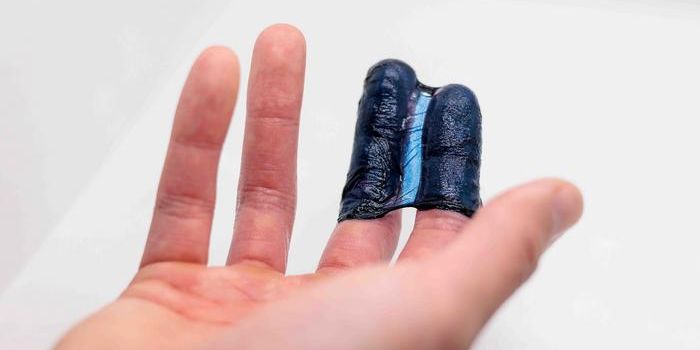Red Blood Cells Could Help Predict Recovery in Cardiovascular Patients
Cells are one of the basic building blocks of life. There are hundreds of different cell types, and they all work together to make life work. However, cells can be sensitive to change, especially when something is wrong with the body.
Most of us learned about cells in high school, with those nice images in a 50-pound textbook. The thing is, cells just aren’t that nice and pretty. Much like an animal, cells can change if their environment changes. If a cell leaves its normal environment, say entering an area of the body that is damaged, it can be forced into other forms.
Erythrocytes, aka red blood cells, are one of the most common types of cells. Erythrocytes carry oxygen throughout the body and are a critical part of the cardiovascular system. Recent studies show that they may even be useful for diagnostics. For several cardiovascular diseases, something called red blood cell distribution width (RDW) is becoming known as a possible prognostic biomarker.
Red blood cell distribution width is a measurement of size variability across erythrocytes in the blood. In general, the rule is the higher the RDW, the more severe the cardiovascular disease. While several studies have linked RDW to disease severity, no one had yet looked to see if it was useful for patients recovering from cardiovascular treatment.
In a new study, a team from IRCCS Fondazione Don Carlo Gnocchi (The Don Carlo Gnocchi Institute of Scientific Hospitalization and Care) in Italy did just that. They looked at the RDW data from over one thousand patients admitted and treated for a variety of cardiovascular diseases from 2007 to 2015. Higher mortality consistently correlated with higher RDW, with increasing RDW scores also predicting higher mortality. Similarly, higher RDW also correlated with well-known environmental causes of cardiovascular diseases, such as smoking.
The study notes that RDW has historically been used as a marker of blood disorders, but has been linked to a variety of cardiovascular diseases over the years. Other studies have seen a lowering of RDW with exercise, inferring that red blood cells might indeed reflect cardiovascular health, and not just be a peripheral find. How it works is not well understood just yet, but red blood cell width distribution might end up being a part of future cardiovascular diagnostics.
The study concludes, “Our data demonstrate that RDW represents an independent predictor of overall and cardiovascular mortality in patients undergoing cardiac rehabilitation after myocardial revascularization or cardiac valve surgery (in secondary cardiovascular prevention patients undergoing cardiac rehabilitation).”
Sources: Nature Scientific Reports, Medi Lab Health









